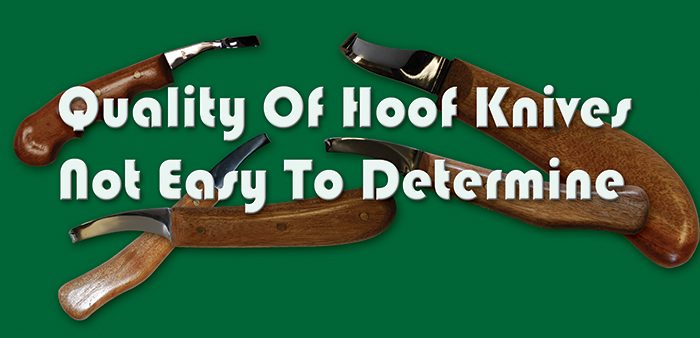American Farriers Journal
American Farriers Journal is the “hands-on” magazine for professional farriers, equine veterinarians and horse care product and service buyers.

Farriers probably reach for their hoof knives more than any other tool, but it’s a good bet that many don’t give much thought to buying this seemingly simple piece of basic equipment. It’s usually just a matter of finding a style that fits your hand, does the job and sells at a reasonable price, then replacing it when it’s worn away from too many resharpenings.
That approach could be costing you time, effort and money through the use of hoof knives that aren’t truly sharp, according to Lyle Brunckhorst, a master bladesmith. He recommends switching to a genuinely sharp hoof knife for several reasons:
So how can you tell if your knife is as sharp as a knife can be, or capable of taking a good edge? “You can’t just look at a hoof knife and tell,” Brunckorst says, and the packaging on new knives doesn’t offer reliable clues, either. “Absolutely none,” he says.
But one sure sign that your knife is not truly sharp, and doesn’t even have the potential to be, is if it can be sharpened with a file. “A farrier who’s used to sharpening a hoof knife with a…